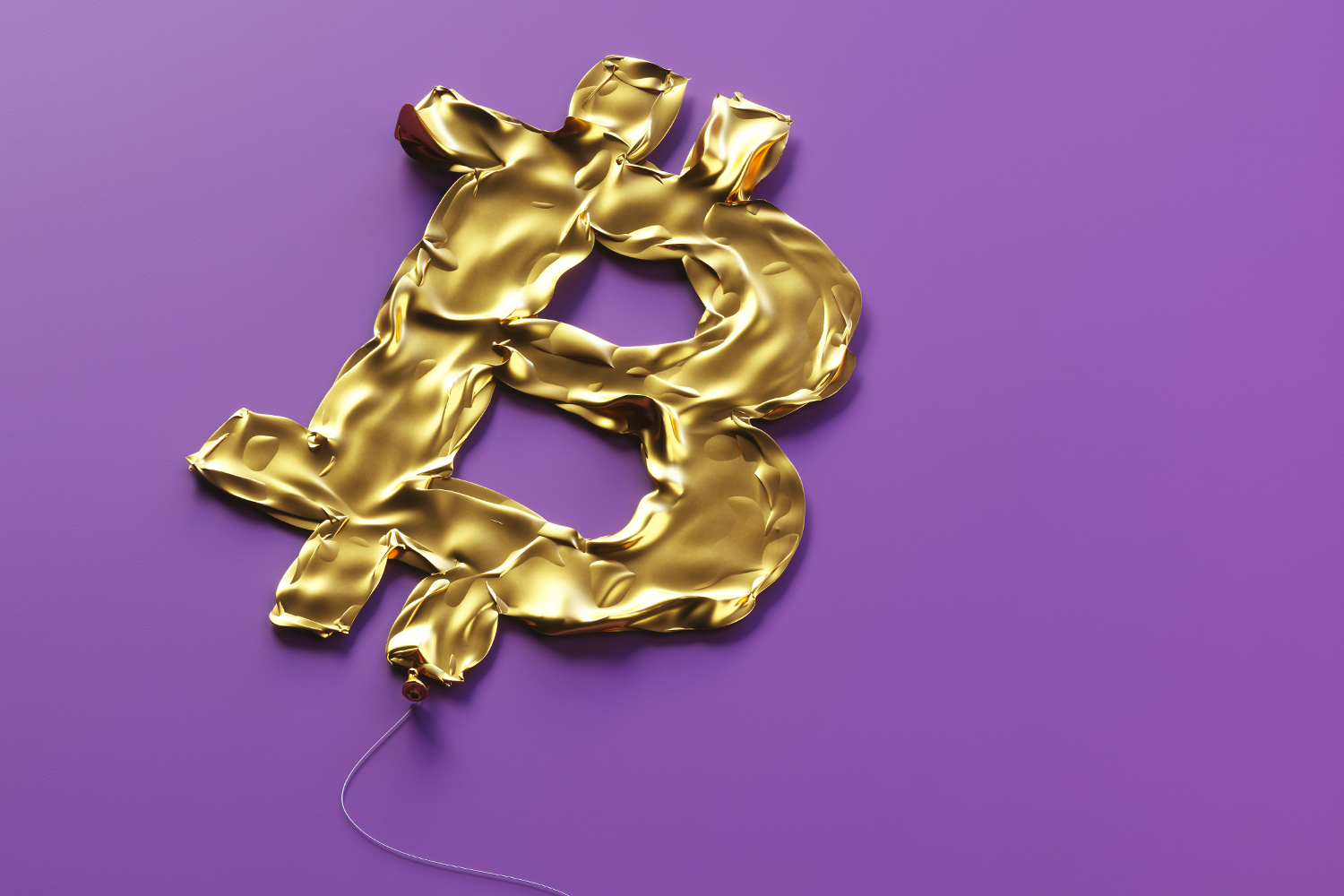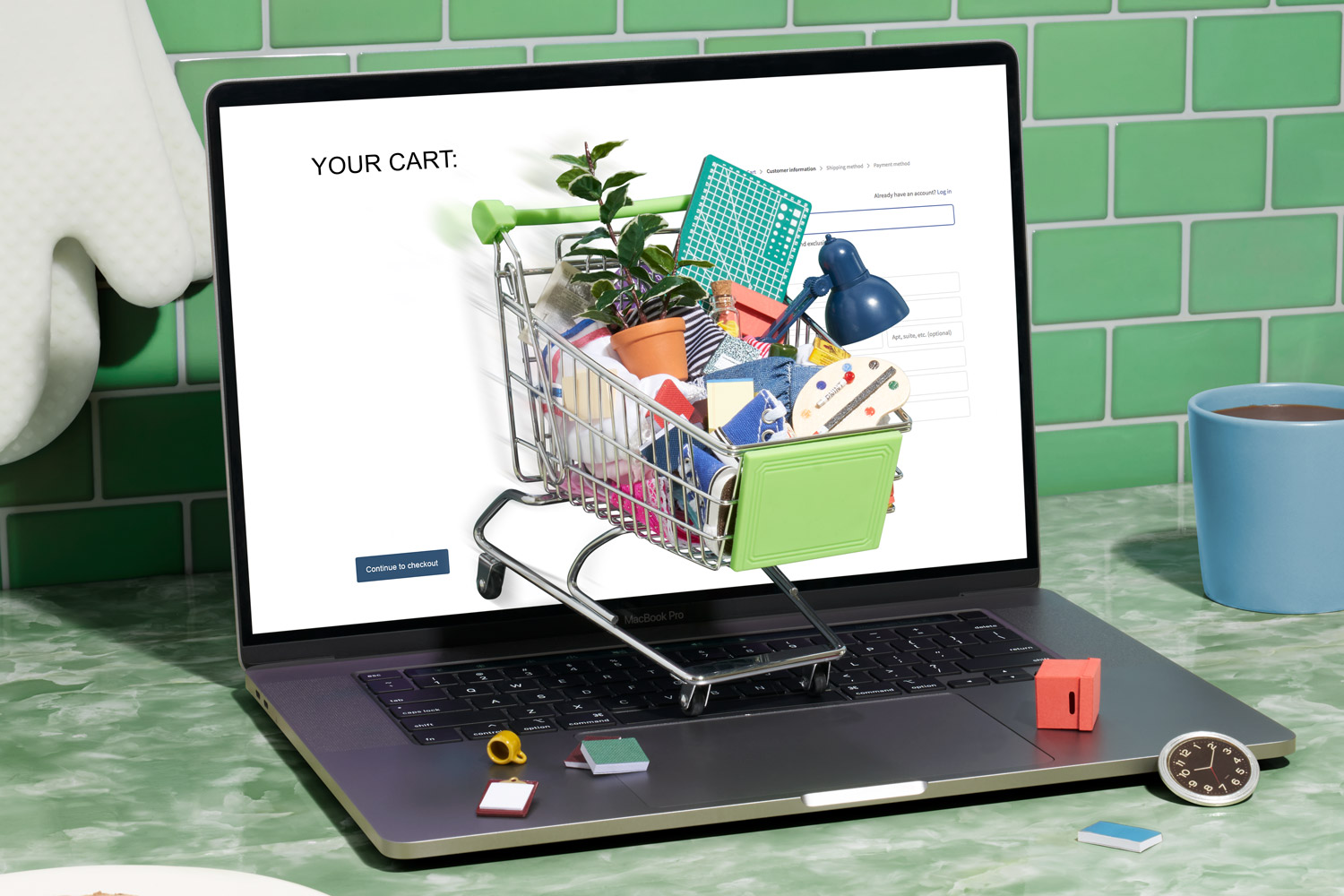Tracking Cryptocurrency’s Cryptic Origins—and What’s Next for Digital Money
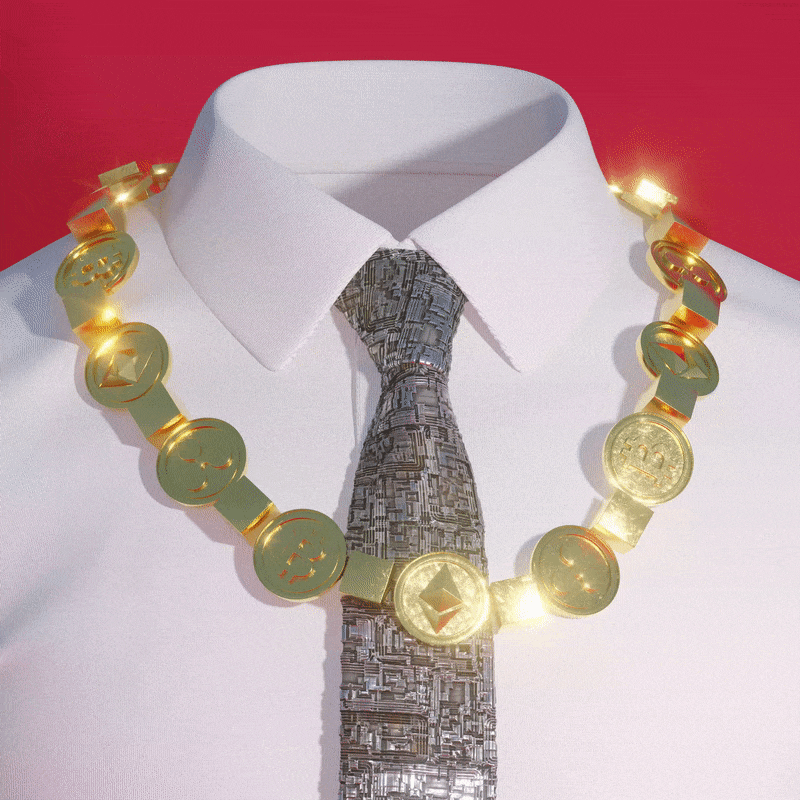
In 2021, cryptocurrency officially went mainstream: Bitcoin hit an all-time high, buying-and-selling platform Coinbase went public, El Salvador passed a bill that will make it the first country where crypto is legal tender and Kim Kardashian West did sponcon for altcoin Ethereum Max. We mined this commodity’s roller-coaster history to see how we got here—and look at which big factors will shape where this wild ride goes next.
↑ High
Blockchain is born
In 2008, someone (or a group of someones) using the pseudonym Satoshi Nakamoto published a white paper that defined the concept of “blockchain” for the first time and laid out the framework for the OG cryptocurrency, Bitcoin.


↓ Low
The world’s most expensive ’za
On May 22, 2010, a Florida man bought two Papa John’s pizzas via a Bitcoin message board, where he connected with a man who agreed to purchase the pies for him in exchange for 10,000 Bitcoins. Sure hope the high of being part of the first cryptocurrency commercial transaction was worth the roughly $620 million that BTC would buy today.
↑ High
Canada’s crypto first
The world’s first Bitcoin ATM opened at the Waves Coffee House in Vancouver in 2013. On opening day, you would have had to feed the machine around $210 to have one Bitcoin transferred to your digital wallet.
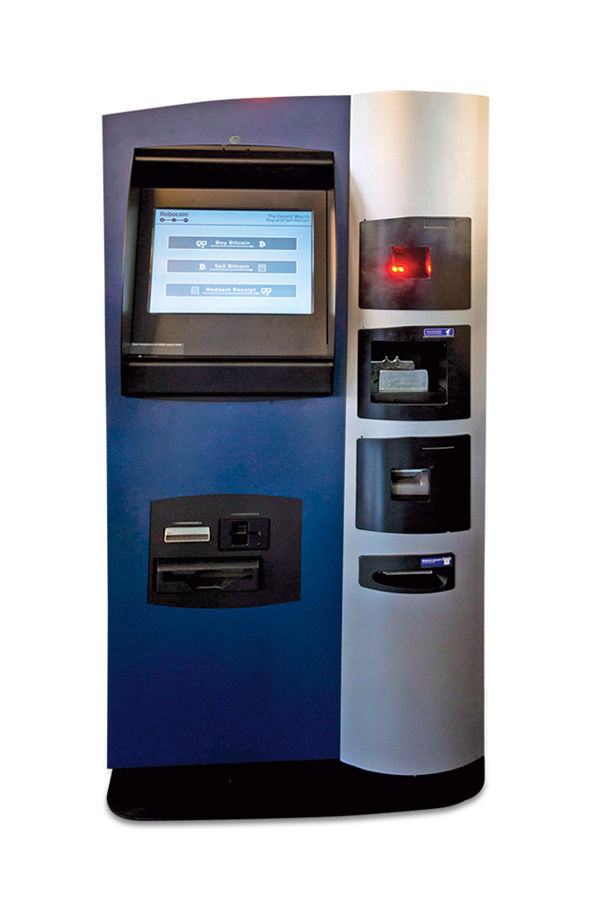
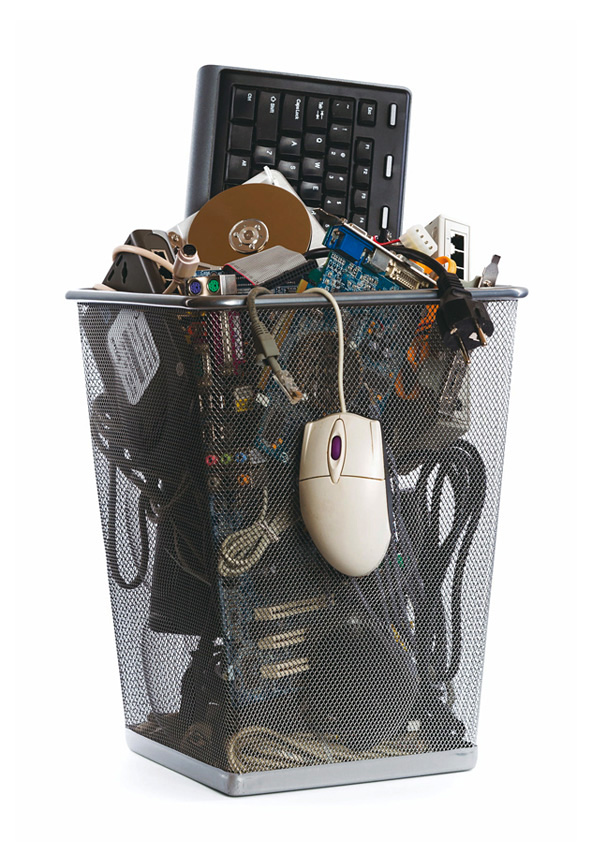
↓ Low
A clearout that does not spark joy
In 2013, James Howells accidentally threw out a hard drive containing 7,500 Bitcoins he had mined four years earlier. He’s been trying to retrieve it—and his $400-million-plus potential fortune—ever since.
↓ Low
Crypto’s first big scandal
OneCoin was going to be the crypto to rule them all—until it turned out to be a Ponzi scheme. The founder, Ruja Ignatova, disappeared in 2017 with billions in scammed cash; she’s still on the run.

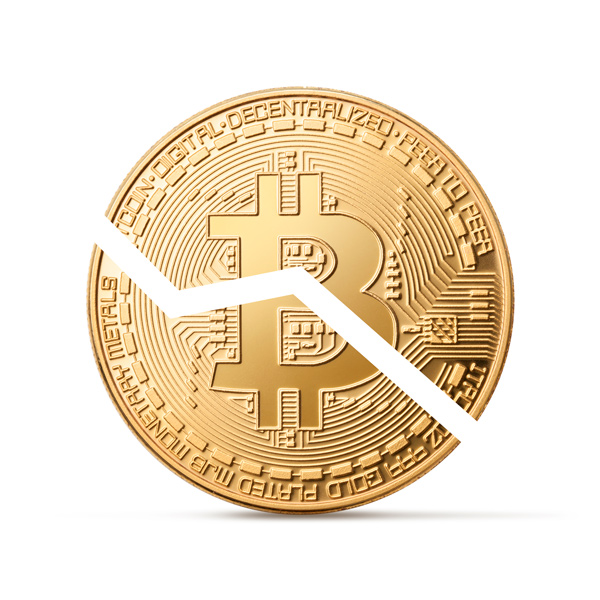
↓ Low
Bitcoin’s bubble bursts
Starting January 2018, the crypto bubble began to deflate: One digital-asset index lost 80 per cent of its value by September, and Bitcoin cratered from near $20,000 US to $3,100 US by December.
↑ High
Elon Musk makes Dogecoin his pet project
There are thousands of cryptocurrencies, but only one that Musk promised to literally take to the moon, triggering a volatile run for the satirical coin in early 2021. Dogecoin is the most famous of the meme coins—niche cryptos that can suddenly skyrocket when finance influencers plug them. As we’ve seen with the Akita Inu and Shiba Inu coins this year, as long as the Internet loves a meme, these currencies will continue to pop up.
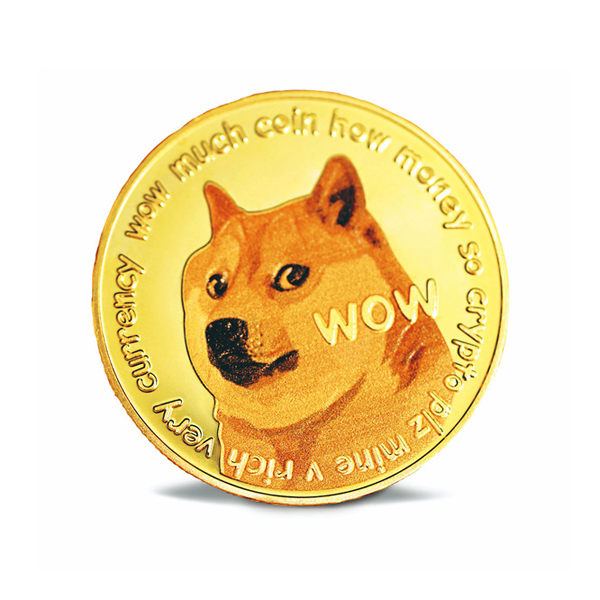
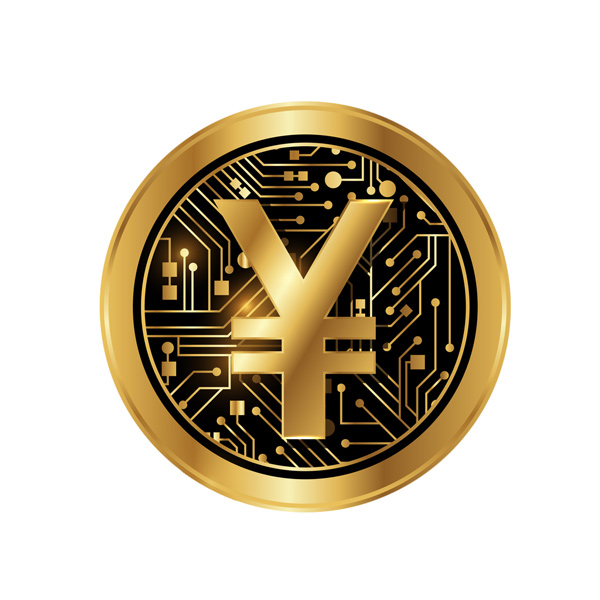
↑ High
China tests a digital yuan
The People’s Bank of China began developing a national digital currency in 2014, and this year the government started real-world trials, giving away millions in digital currency in a number of test cities, including Shenzhen, Chengdu and Suzhou. Experts predict a worldwide trend will emerge in the next five years where more central banks will issue their own digital currencies in order to compete with the big, privately owned players.
What’s next for cryptocurrency?
We asked experts Laura Shin, author of The Cryptopians, and Jean-Paul Lam, associate professor of economics at the University of Waterloo, to look into their crystal balls.

Can crypto be greened?
“A significant percentage of the bitcoin mining happening in China was fuelled by coal. Since China cracked down on mining, the majority of miners are moving to North America, where there’s more of an emphasis on using clean energy. We won’t know the impact for quite a while, but the industry is doing a lot to try to make crypto’s energy usage more renewable.” —Laura Shin

Will crypto ever replace our traditional currency?
“The existing cryptos we have now will never become standard currencies. The crypto that we’ll use in the future as an everyday medium of exchange hasn’t been invented yet. There’s no compelling reason right now to use current cryptos for groceries or gas. It’s so easy to pay with Canadian dollars. Why would I jump through hoops? And then by the time you pay for your coffee, the price might have changed because of crypto’s volatility.” —Jean-Paul Lam

